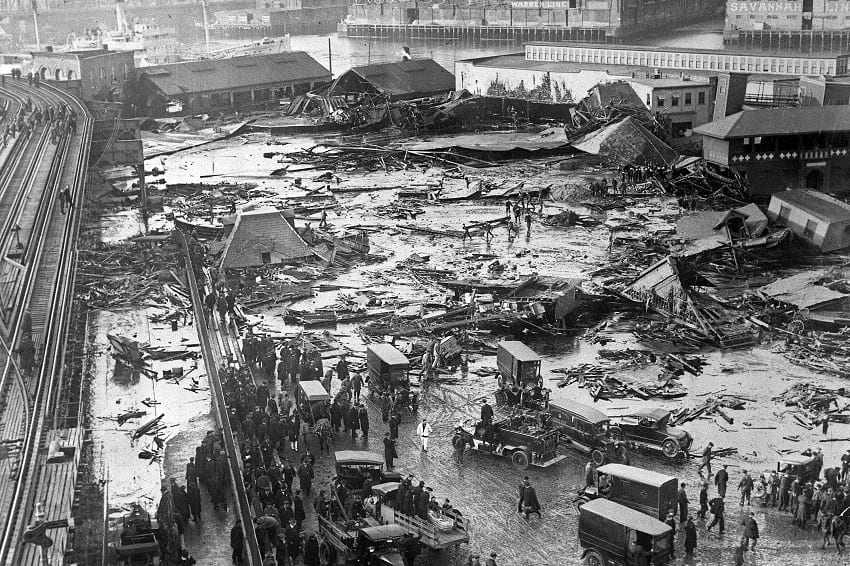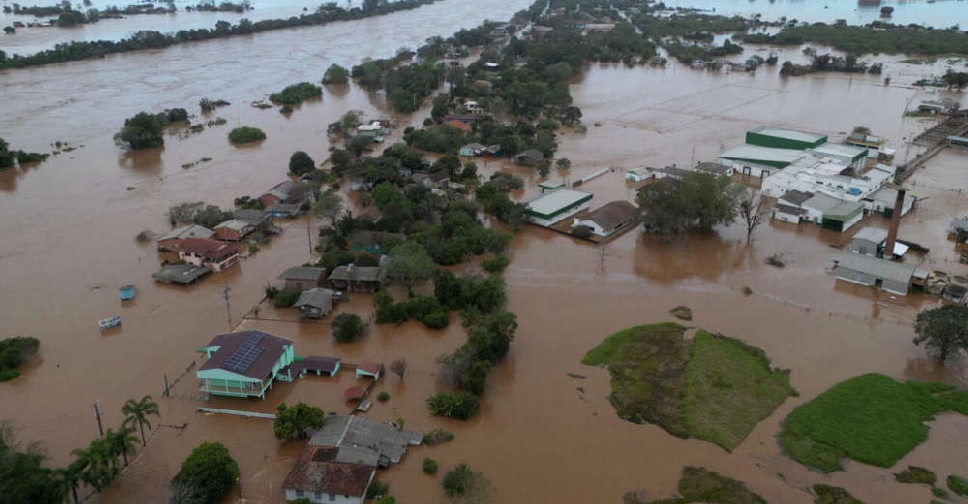

Others suggested that the fermentation of the molasses had caused an explosion inside the tank.Įventually the court found that the tank had bust simply because the 'factor of safety' was too low. This was at the time of the first Red Scare so for some the idea of a Communist plot wasn't all that unlikely. The United States Industrial Alcohol Company spent more than $50,000 on expert witness fees, claiming that the collapse was the result of sabotage rather than any structural weakness. There were so many lawyers involved the courtroom couldn't hold them all.Īt the heart of the lawsuits were disagreements as to how it had all happened. The litigation itself involved 3,000 witnesses while nearly 45,000 pages of testimony and arguments were recorded. In total, 125 lawsuits were filed against the owners of the tank, the United States Industrial Alcohol Company. It took a lot longer to clear up all the legal wrangles – six years to be precise. The damage done to Boston's infrastructure wasn't the only mess the disaster left behind. Around 300 people helped out and it took more than 87,000 man-hours to remove the mess. It took four days to find all of the victims and another two weeks to clean up the mess. Doctors and surgeons set up a makeshift hospital to tend the injured once they'd been dragged from the sticky goo. Soon after, the Police, the Red Cross and the Army arrived, alongside other Navy personnel. Since that day the event has become part of the local folklore.įirst to arrive on the scene were the 116 cadets who'd been on board the USS Nantucket docked nearby. In total, 21 people were killed, including three firemen, while another 150 were injured.

Soldiers recently returned from the Great War said that the sound of the rivets shooting out of the framework was like the sound of gun-fire. After spreading out, the liquid settled to a depth of two or three feet right across the North End. The force of the flood was so strong that it wiped out one of the girders supporting the Boston Elevated Railway and several municipal buildings were also destroyed. It released more than two million gallons of molasses in a 25 feet high, 160 feet wide wave that raced through the city's North End at 35 miles per hour destroying everything it touched. On January 15th 1919, in what may have been the most bizarre disaster in US history, a giant molasses tank burst near Boston harbor.


 0 kommentar(er)
0 kommentar(er)
